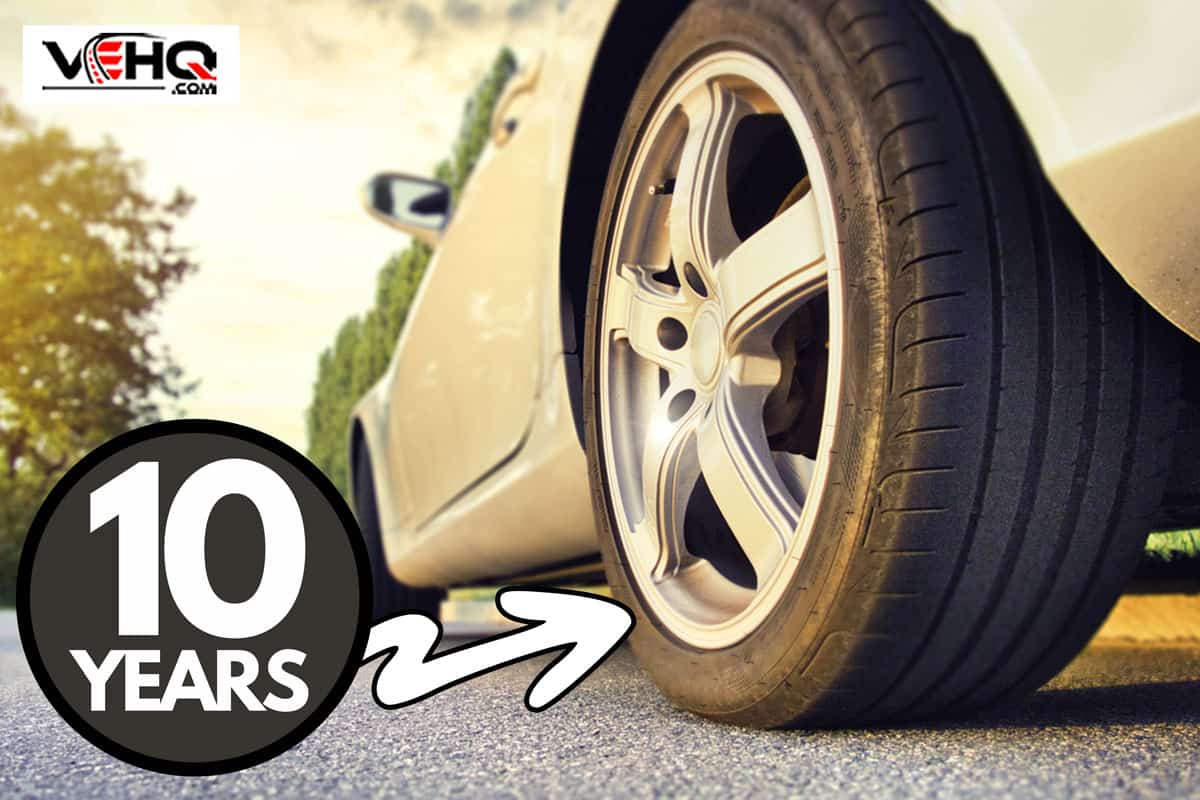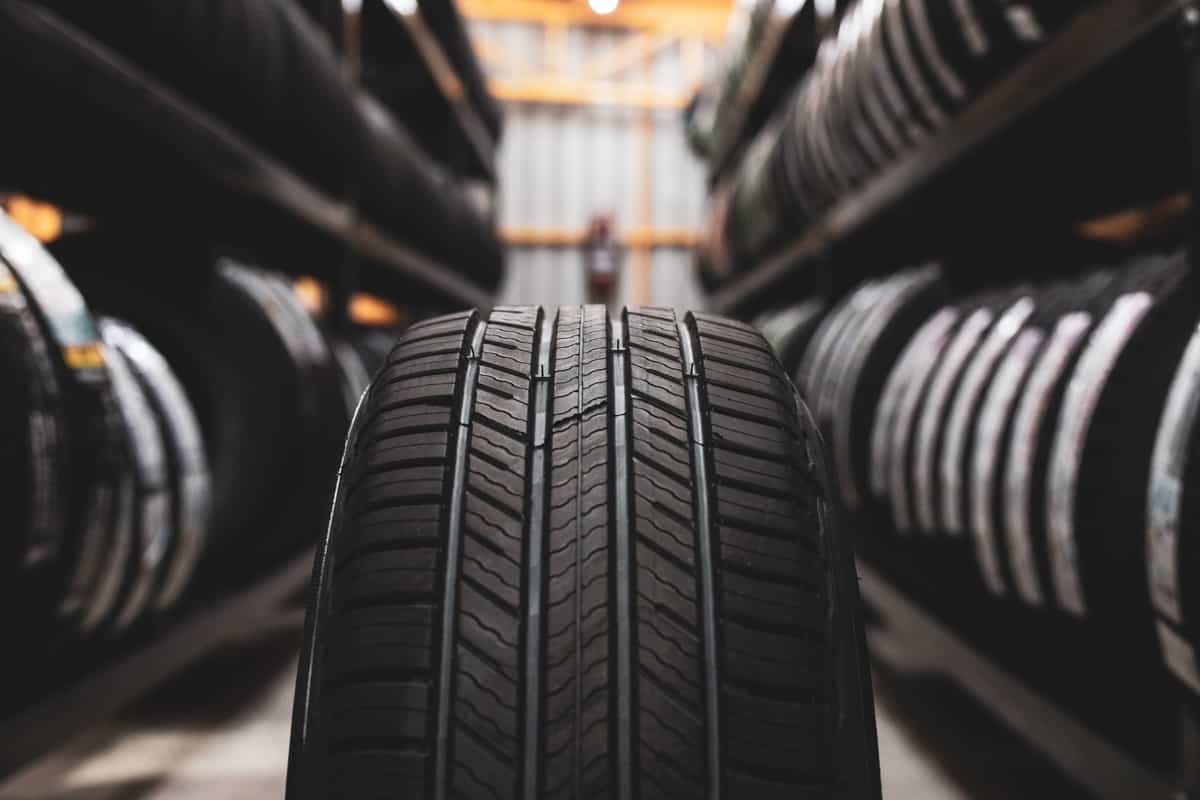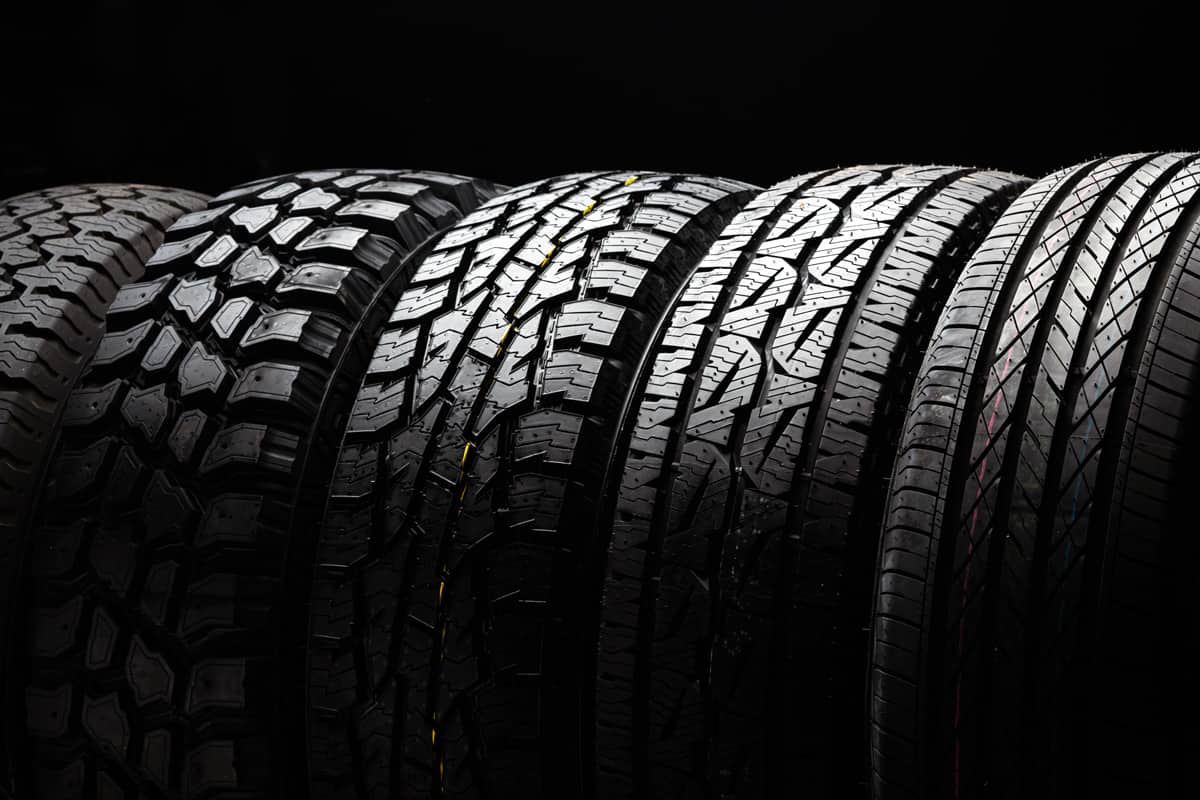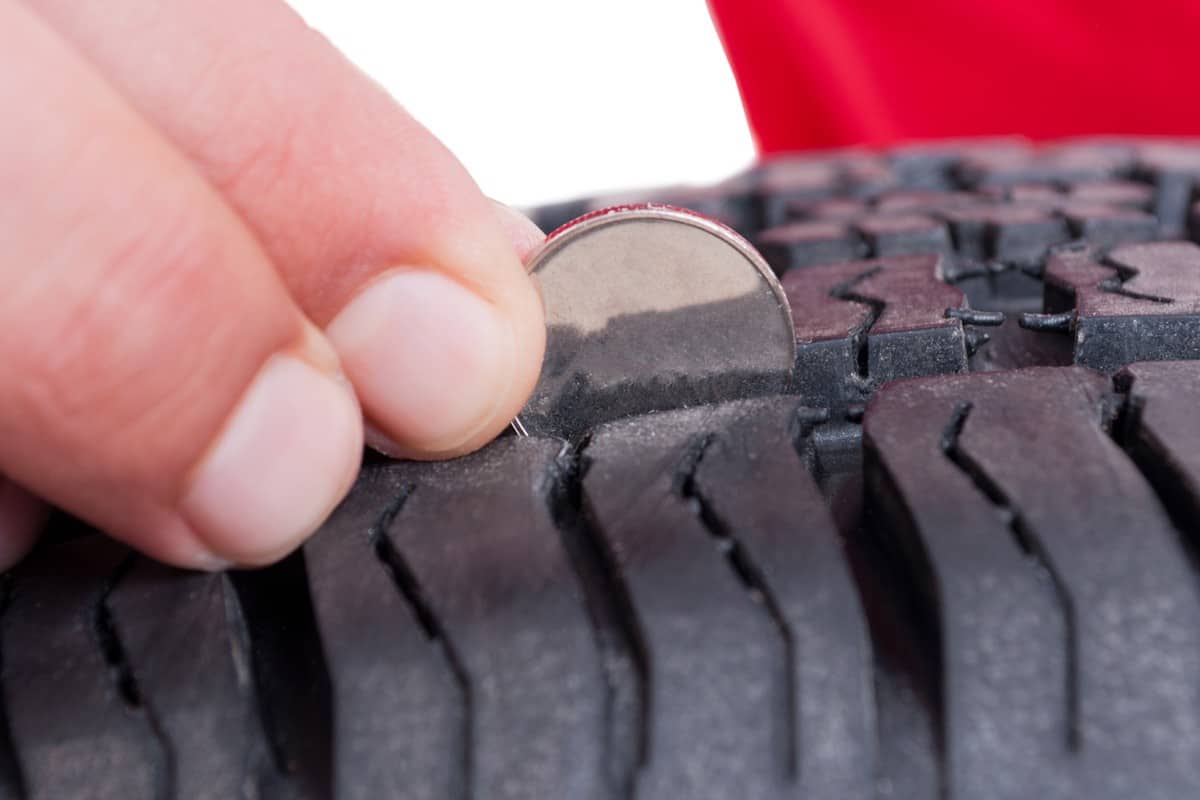You are probably aware that tires do not last forever. The treads get worn over time, leading to calculated replacement. But what if you drive far less than the average driver? If you are wondering how long tires will last with low mileage, we can help you. We researched these tough pieces of rubber from multiple professional sources so that you'll have an idea of how long they're good for.
The tires on your vehicle will last no more than ten years. At this point, the material begins to break down on its own, making the tires unsafe to drive on.
Now that we know that low mileage tires will not last beyond ten years, we'll take a closer look at the shelf life of the automotive tire. You might also be wondering how many miles a normal tire will last, or how to get the most miles out of your tires? For the answers to these questions and more, read ahead in this post to see what our research has uncovered.

The shelf life of a tire
You might be under the impression that as long as there is adequate tread on your tire that it is still a good tire. While this is true the majority of the time, tire tread is not the only indicator of a tire's useful life.
Automotive tires are tough pieces of rubber. But they are not indestructible. The rubber in a vehicle's tires will begin to break down around the six-year mark. By year 10, they will not be safe to drive on at all. The breakdown of the material inside the tire won't be noticeable to the naked eye.
But the belts and plies will have deteriorated enough to make traveling on them unsafe. The rubber itself will dry out over time, even with minimal use. With that in mind, a tire that has never been driven on would be unsafe to use after 10 years.
How long does a normal tire last?
If you are like the average driver, you will put about 15,000 miles on your vehicle each year. With that figure in mind, it can still be a little tricky to determine how long a tire will last.
There are different types of tires for your vehicles, each of which has a different mileage lifespan. Though the "average" tire will yield about 60,000 road miles, some high-performance tires won't get more than half that amount.
The answer to this question will also depend on how you treat your tires. What they get exposed to on the roadway is also important. But all things taken into consideration, the majority of tires should last 60,000 miles or more. When you purchase new tires, this information will be included.

How can I get the most mileage out of my tires?
Tires can be quite an investment. Depending on the brand and style of the tire, a new set could cost upwards of $1,000. When spending that kind of money on a necessity, you'll want to do what you can to make your tires last.
There is a lot more to getting to the high mileage milestones with tires than just routinely checking the air pressure. These tough pieces of rubber are the only thing separating the rest of your vehicle from the road, and they will take a good amount of care to ensure their longevity.
We've listed some great tips on getting the most out of your tires. Follow these items and you'll be riding on your tires for years to come.
Tires should be routinely rotated

A cursory glance through the owner's manual of your vehicle will turn up a maintenance schedule. Among the oil changes and brake inspections, you will find mileage intervals for tire rotation. Like the other items on this checklist, tire rotation is a critical piece of maintenance.
Tires should be rotated at regular intervals to avoid premature tread wear. The treads on your front tires will wear faster than the rear tires in a front-wheel-drive vehicle. The opposite is true for a rear-wheel-drive vehicle. Tire rotation spreads this wear out evenly, making the tires last longer.
The mileage intervals that you should rotate your tires will vary by model vehicle. On average, this should be done every 5,000 to 10,000 miles. Consult your owner's manual for the exact timing of this task.
Check the air pressure on your tires
Driving on low pressure is a sure-fire recipe to damage your tires. If you want your tires to last any amount of time at all, you will need to keep them properly inflated. This can be easily done by making it a part of your refueling routine.
Using a quality tire gauge, check the pressure of all four tires every time you refuel. Most gas stations will have an air pump on site for you to add a little bit to your tires if needed.
Be sure to not overinflate the tires, though. Too much air will also damage these vital parts of your car.
Routinely inspect your tires for damage
Make it a point to inspect your tires for damage. Sometimes, we drive over rocks, screws, or other road hazards without realizing it. These can become embedded in the tire and cause slow air leaks.
The sooner you identify the tire damage the safer you are behind the wheel. Many forms of tire damage can be cheaply repaired with a plug or a patch. But ignore the damage long enough and you'll risk a full blowout of the tire.
Be a careful driver
How you drive your vehicle can also be a contributing factor in the life of your tires. Be cautious when driving over speed humps. Avoid potholes when possible and drive carefully over them if you cannot. Park the vehicle carefully so that you do not scrape the tires against curbing.
It's also important that you avoid overloading your vehicle. Each car, truck, and SUV has a payload capacity that lists the maximum amount of weight it can carry on board. Exceeding this weight will damage vital parts of your vehicle, including the tires.
Avoid hard stops and rapid accelerations whenever possible. Laying rubber deliberately is not only against the law, but it is also very damaging to your tread life.

How do you check the life of a tire?
Earlier in this post, we indicated that tires had a shelf life of no more than ten years. But the majority of tires will wear long before that. Using your vehicle every day racks up a lot of miles on the tires over time, slowly wearing out the tread.
It's a great idea to inspect the tread on your tires if you've had them for a few years. This can be done by measuring the depth of the tread. You can do this with a small ruler, or you can use a penny.
The tread should be at least 2/32 of an inch. Insert a penny upside down in between the treads. If you can see the top of Abraham Lincoln's head, the tread is less than that amount and the tire should be replaced.

Final thoughts
The rubber in a tire will degrade over time, making them unsafe to drive on. Tires will need to be routinely rotated, inspected, and treated properly for you to get high mileage on them. Drive on them the right way and keep them inflated and you'll be on the road with them for a good number of years. Drive safe!
We hope this post on automotive tires answered all of your questions. For additional helpful information, we suggest reading the following posts.
How Long Do Spare Tires Last? [And How Far Can You Drive On Them]
Flat Spot On Tire Causing Vibration – What To Do?
How To Remove A Spare Tire From A Truck – Even Without An Extension Rod
